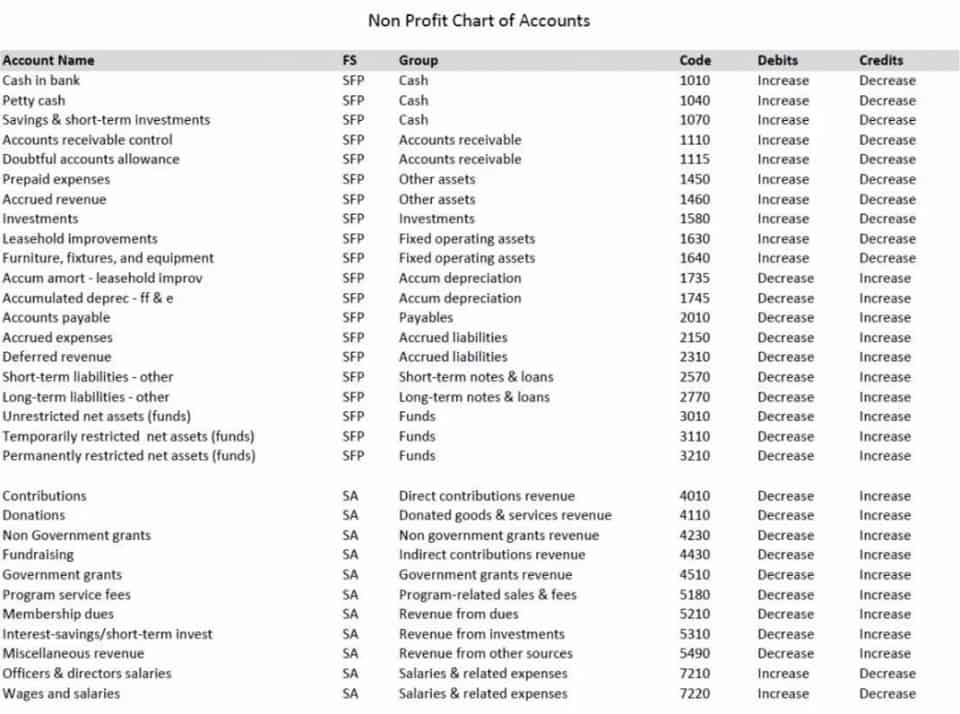
Often this occurs many months after the credit sale was made and is done with an entry that debits Bad Debts Expense and credits Accounts Receivable. As mentioned above, the use of the direct write-off method violates the matching principle. This is because according to the matching principle, expenses need to be reported in the same period in which they were incurred. With the direct write-off method, however, bad expenses might not be realized to be bad expenses until the following period. For example, if you made a sale at the end of one accounting period ending in December, you might not realize the bad debts until the beginning of March. A direct write-off often happens in a different year than when the sale was made, or in other words, the revenue was recorded by your business.
- Whether you have accounting or bookkeeping experience, our easy-to-use software records all your transactions automatically in the correct accounts.
- Three of the most common scenarios for business write-offs include unpaid bank loans, unpaid receivables, and losses on stored inventory.
- The Internal Revenue Service allows individuals to claim a standard deduction on their income tax returns.
- On the income statements, the allowance approach is utilised to account for bad debts.
- Assume Ariel’s Bracelet sells handcrafted jewellery to the general public.
Notice how we do not use bad debts expense in a write-off under the allowance method. But, the write off method allows revenue to be expensed whenever a business decides an invoice won’t be paid. This makes a company appear more profitable, at least in the short term, than it really is.
ACC 220 – Accounting for Small Business
A business may need to take a write-off after determining a customer is not going to pay their bill. Generally, on the balance sheet, this will involve a debit to an unpaid receivables account as a liability and a credit to accounts receivable. Consider why the direct write-off method is not to be used in those cases where bad debts are material; what is “wrong” with the method?
Bad Debt Expense increases (debit), and Allowance for Doubtful Accounts increases (credit) for $48,727.50 ($324,850 × 15%). Let’s consider that BWW had a $23,000 credit balance from the previous period. The first entry reverses the bad debt write-off by increasing Accounts Receivable (debit) and decreasing Bad Debt Expense (credit) for the amount recovered. The second entry records the payment in full with Cash increasing (debit) and Accounts Receivable decreasing (credit) for the amount received of $15,000.
Challenges With the Direct Write-Off Method
This is why GAAP doesn’t allow the direct write-off method for financial reporting. The Internal Revenue Service (IRS) allows individuals to claim a standard deduction on their income tax return and also itemize deductions if they exceed that level. Deductions reduce the adjusted gross income applied to a corresponding tax rate. Tax credits may also be referred to as a type of write-off because they are applied to taxes owed, lowering the overall tax bill directly.

This variance in treatment addresses taxpayers’ potential to manipulate when a bad debt is recognized. For financial accounting purposes, the allowance method is preferred over the direct write-off method because it more accurately conveys financial information. So, in the example above, the $7,000 owed to the digital marketing firm would be debited from the bad debts expense account and credited to the contra-asset account, allowance for doubtful accounts. Because this is done in the same accounting period as the corresponding credit sale, it better conforms to accepted accounting practices.
Direct Write-off Method
We do not record any estimates or use the Allowance for Doubtful Accounts under the direct write-off method. This method violates the GAAP matching principle of revenues and expenses recorded in the same period. The direct write-off technique is the most straightforward way to book and record a loss on uncollectible receivables, although it violates accounting standards. It also guarantees that the loss recorded is based on actual statistics rather than estimates.
- This is different from the last journal entry, where bad debt was estimated at $58,097.
- Using the allowance method can also help you prepare more accurate financial projections for your business.
- This is why GAAP prohibits financial reporting using the direct write-off approach.
- The estimation is typically based on credit sales only, not total sales (which include cash sales).
- Creating the credit memo creates a debit to a bad debt expense account and a credit to the accounts receivable account.
- It also deals in actual losses instead of initial estimates, which can be less confusing.